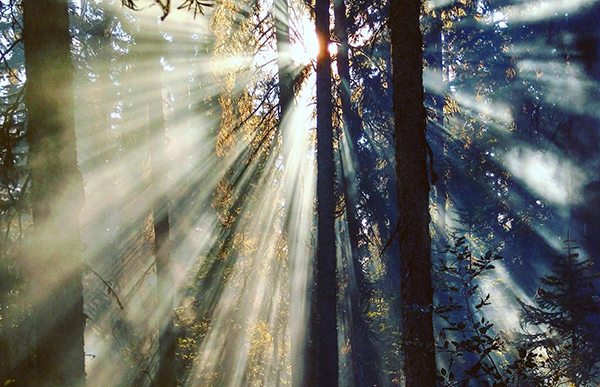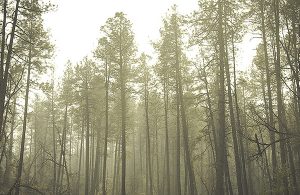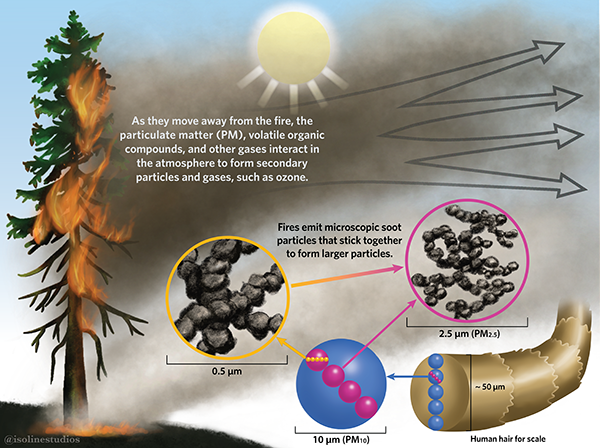Home »

BCCDC’s advice around lingering wildfire smoke
 The BC Centre For Disease Control (BCCDC) says wildfire smoke is a form of air pollution that can affect your health.
The BC Centre For Disease Control (BCCDC) says wildfire smoke is a form of air pollution that can affect your health.
As East Kootenay and other British Columbia residents are currently smothered in smoke from the catastrophic US Pacific Coast wildfires, as well as the local Doctor Creek fire, here is a quick look at health risks and how to protect yourself from the thick smoke.
Different people respond differently to smoke, and some people are at higher risk of experiencing health effects.
The BCCDC recommends the following groups of people reduce their exposure to smoke:
- People with pre-existing chronic conditions such as asthma, chronic obstructive pulmonary disease (COPD), heart disease, and diabetes;
- Women who are pregnant;
- Infants and small children;
- Elderly.
“Healthy people can be affected by wildfire smoke too. Everyone responds differently, so listen to your body and reduce your exposure if the smoke is affecting you,” BCCDC stated.
Wildfire smoke contains very small particles that travel deep into your lungs when you inhale. These particles can cause irritation and inflammation, which can last until the air quality improves.
Most symptoms are relatively mild, and can be managed without medical attention:
- Sore throat;
- Eye irritation;
- Runny nose;
- Mild cough;
- Phlegm production;
- Wheezy breathing;
- Headaches.
Some people may experience more severe symptoms and should seek prompt medical attention. Call HealthLink BC (8-1-1), talk to your primary care physician or visit a walk-in clinic if you’re experiencing:
- Shortness of breath;
- Severe cough;
- Dizziness;
- Chest pain;
- Heart palpitations.
Protect yourself from wildfire smoke
Reduce your exposure to smoke and seek cleaner air:
- Use a portable HEPA air cleaner to filter the air in one area of your home.
- Visit public spaces such as community centres, libraries, and shopping malls which tend to have cleaner, cooler indoor air (but consider current COVID-19 considerations).
- Take it easy on smoky days because the harder you breathe, the more smoke you inhale.
- Drink lots of water to help reduce inflammation.
- If you are working outdoors, use an N95 respirator that has been properly fitted by occupational health and safety professionals.
People with pre-existing medical conditions should take extra precautions and should keep their rescue medications with them at all times. If you cannot get your symptoms under control, seek prompt medical attention.
The composition of wildfire smoke
Wildfire smoke is a complex mixture of gases and particles that interact and change as they move away from the fire. Of all the pollutants in wildfire smoke, fine particulate matter (PM2.5) poses the greatest risk to human health.
The microscopic soot particles can be inhaled deep into the lungs, where they may cause inflammation and irritation. Volatile organic compounds and other gases can also irritate the eyes, nose, throat, and lungs.

The BCCDC has created fact sheets with information about wildfire smoke and its health impacts, including information on how to prepare for wildfire season. Click to here to access the fact sheets and more information.
Lead image: Thick smoke through the trees. BC Wildfire Service photo
Ian Cobb/e-KNOW







